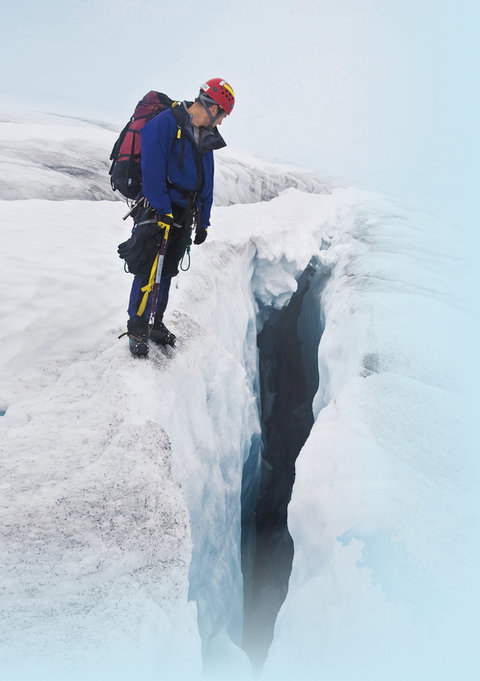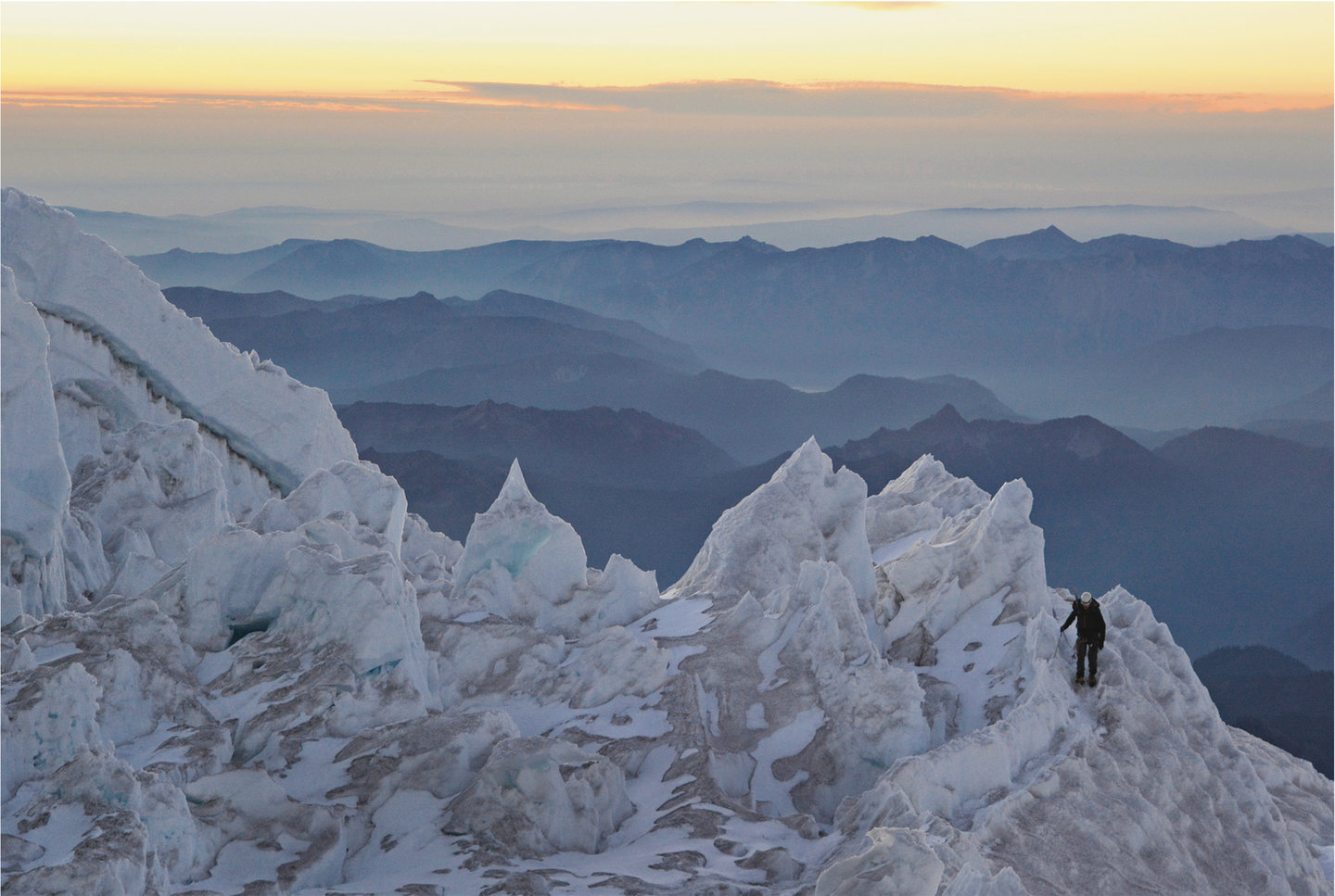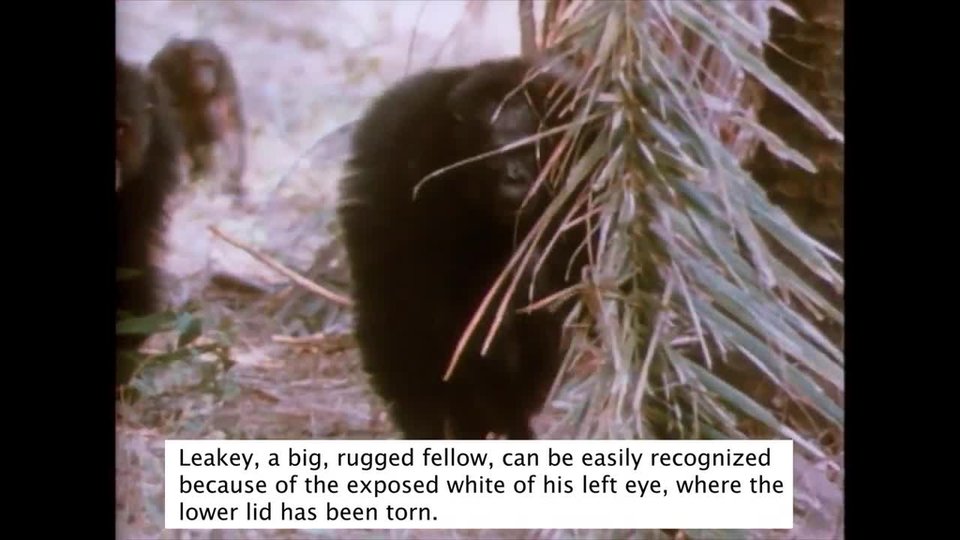
Aclimberlooksintoacrevasse,ordeepcrack,onDenver Glacier.
ExploringtheIce
InSkagway,Iworkedasanoutdoorguideandshowedpeoplethearea’sglaciers.Ifpeopleevergotlostoutside,itwasmyjobtohelpfindthem.Todothat,Ihadalotof training.
Oneday,IwasontheDenverGlaciernearSkagwaywithmyteam.Wewerepracticingwhattodoifapersonfellintoacrevasse.Acrevasseisacrackinthesurfaceofthe glacier.
Afterworkingallday long,wetookabreaktohavesomefun.Wewentovertoanareaoftheglacierthathadlargeseracs.Aseracisaridgeoficeonthesurfaceofaglacier.Thesestickuplikesharkfins.Wedecidedtoclimb them.
Now,atthebaseofoneofthoseseracswasacrevasse.Itwasfulloftheclearestbluewateryou’veeverseen.Togetabetterview,Istoodrightontheedgeofthatcrevassewearingallmyheavygear.Iwasconnectedbyropetoapersonwhowasclimbingabove me.
Suddenly,thatpersonslipped.Iwasyankedoffmyfeetbytherope.Iflewthroughtheairandfellrightintothatdeep,icygap.MyheavygearandIsanklikestonestothe bottom.

Chunksoficeknownasseracsbreakofffromglaciers.Forglaciologists,it’shardtoresistclimbing them!
IceRescue!
ButwhowasIoutontheglacierwith?Mysearchandrescueteam.Wehadjustpracticedwhattodoifsomeonefellintoacrevasse.Theyweresoexcited!Quickerthanlightning,theyhadmefishedoutofthedeep,icycrack.Theyhelpedmeremovemywetgear,andIwassoonwarmingupinasleepingbag.Iwascompletely safe.

Icaptureanimageofrockthathasbeenscrapedsmoothbya glacier.
ThefactthatIfellisn’ttheimportantpartofthestory,though.What’simportantiswhathappenedafter.WhenIhelicopteredbacktoSkagway,everyoneintownwantedtohearmyglacierstory.So,Itoldthem.Andthentheytoldmetheirglacier stories.
Theytoldmestoriesofglaciersgrowing,retreating,andcalving.Theytoldmestoriesaboutglacierswithtreesgrowingonthem.Theytoldmestoriesofstrangeglacierbehavior.Theirstoriesshowedmethatthepeopleofmytowninteractwithglaciersinallsortsofways.Glaciersgavepeopleasenseofidentity,ofplace,ofhome.Icetoldthemwhotheywereandwheretheyhad been.
Thesestorieschangedmylife.Forme,listeningtothosestorieshelpedmerealizethattherewassomuchwedidn’tknowaboutglaciers,orglaciersandpeople,orglaciersworldwide.IalsorealizedthatIhadfoundacareerformyself.So,Isetouttostudyglaciersandhowglaciersshapehuman societies.
